Toys4Therapy
Documentation
Week 12
Week 13
Prepared questions for Tamara, and the answer to them:
• Do you have research articles relevant to the topic we can use?
Tamara has given some articles that might me interesting. Some of the articles are on new technologies used in therapy (such as the Wii). Other is on how physical objects can trigger imagination. There are a couple of articles on Hybrid Playful Experiences.
Articles:
After the first meetings with our coaches and partner/researcher, we started researching the basic principles of toys and playfulness.
• What are toys?
A toy is an item that is used in play, especially one designed for such use. Playing with toys can be an enjoyable means of training young children for life in society. Different materials like wood, clay, paper, and plastic are used to make toys. Many items are designed to serve as toys, but goods produced for other purposes can also be used. For instance, a small child may fold an ordinary piece of paper into an airplane shape and "fly it". Newer forms of toys include interactive digital entertainment. Some toys are produced primarily as collectors' items and are intended for display only. (Wikipedia.org, 2019)
Source:
https://en.wikipedia.org/wiki/Toy
Week 11
Introduction
Documentation
Trail of Evidence
Recess
Week 14
Trail of Evidence
Documentation
Week 15
Trail of Evidence
Documentation
Week 16
Trail of Evidence
Documentation
Week 17
Documentation
Trail of Evidence
Week 18
Trail of Evidence
Documentation
Week 19
Trail of Evidence
Documentation
Week 20
Trail of Evidence
Documentation
First meeting with partner/researcher (Tamara)
First meeting with reframing coach (Laura)
Insights, new angles & questions after meeting with Laura
• What makes toys suitable for a certain age?
• Can all goals be united? Or should we have a preference?
• Involve other disciplines.
• Developmental psychology.
• Movement science.
• How can we motivate children to do something, play is a form of doing that?
• Is competition fair (given the limitations).
• What are good combinations of motivating factors?
Research
• How can data be collected and applied in the product? And how can this data be relevant for therapists?
An open question since we don't know which way we want to go yet.
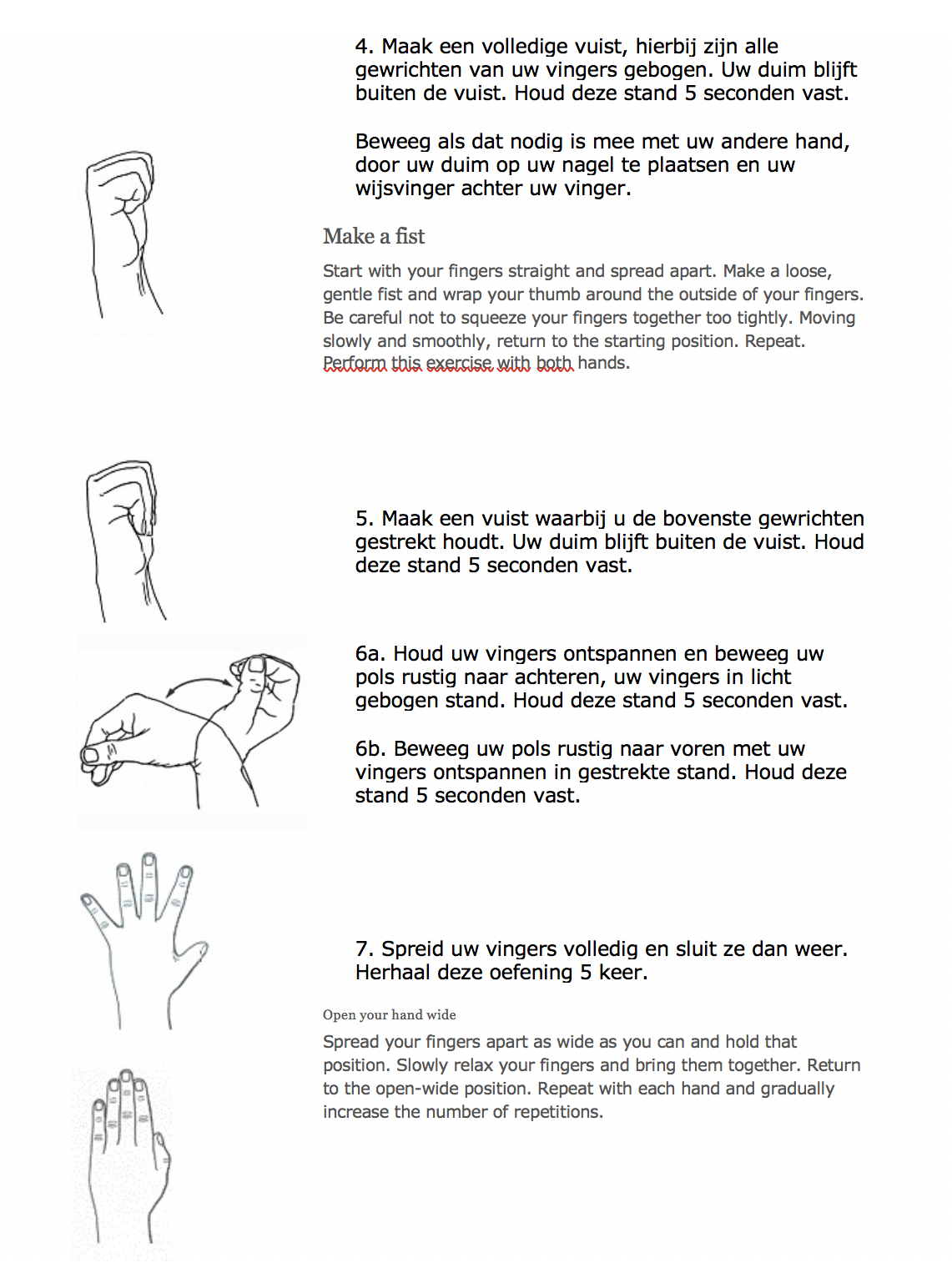
• Toys for Preschool and School-Aged Children
When children reach preschool age, it’s time to start learning about letters, numbers and language skills. There are lots of toys that encourage this type of learning, from simple alphabet puzzles to high-tech electronic gadgets. These can give your child a head start by introducing her to the things she will be learning in school. Kids who are in school can supplement their learning with fun and educational toys. Giving them the opportunity to have fun while practicing the things they are learning in school will increase their retention of those things. And when your child finds an educational toy she really likes, she will be more likely to play with it, reinforcing the things she has learned.
Children can learn a lot from playing. When you give your child educational toys and play with them with her, it gives her a chance to bond with you, learn, and have fun at the same time. And making education enjoyable will help your child retain the things she learns and develop a positive attitude toward learning.
Source:
https://childdevelopmentinfo.com/learning/multiple_intelligences/educational-benefits-toys/#.XP-FQdMzb3Q
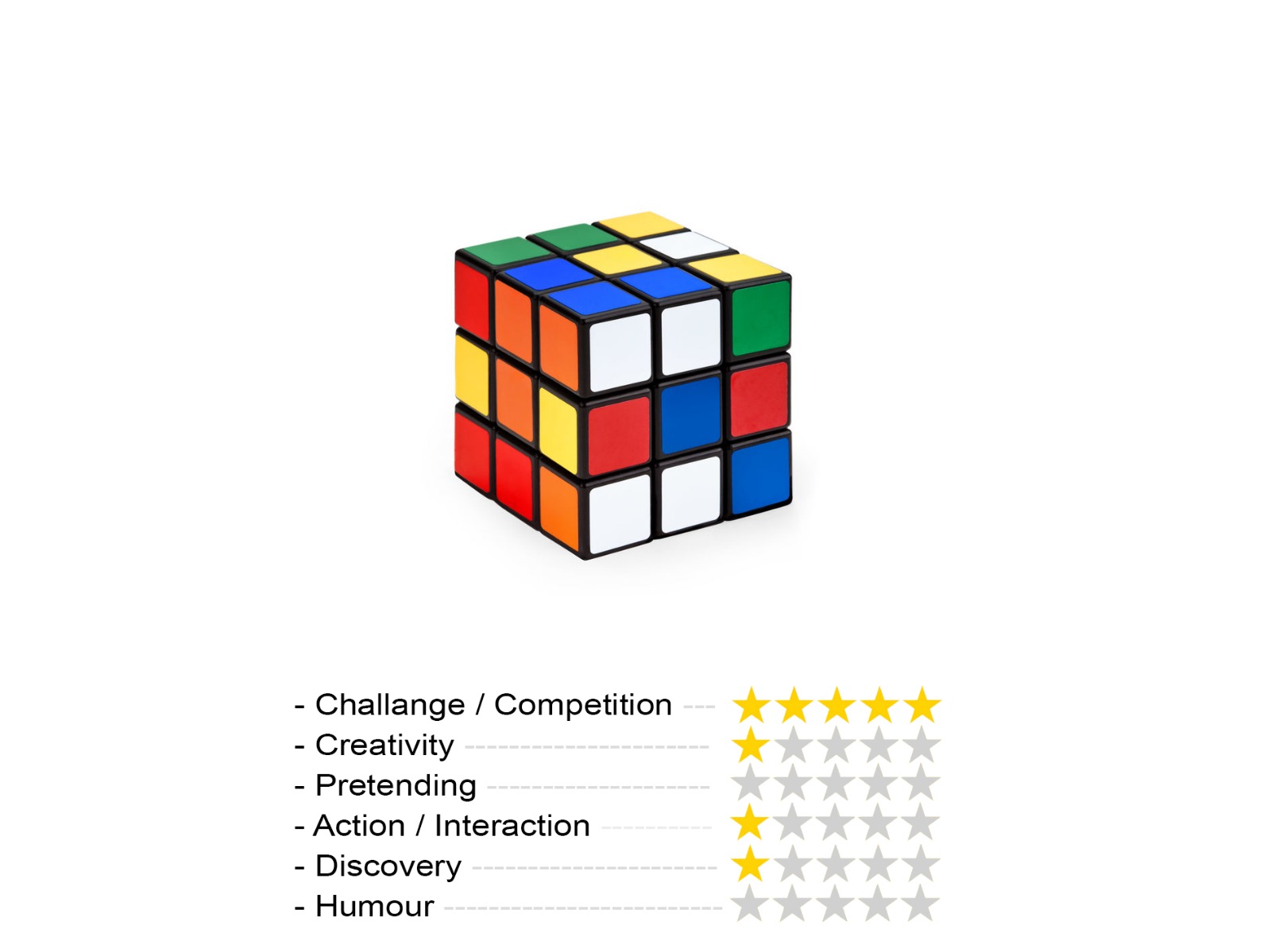
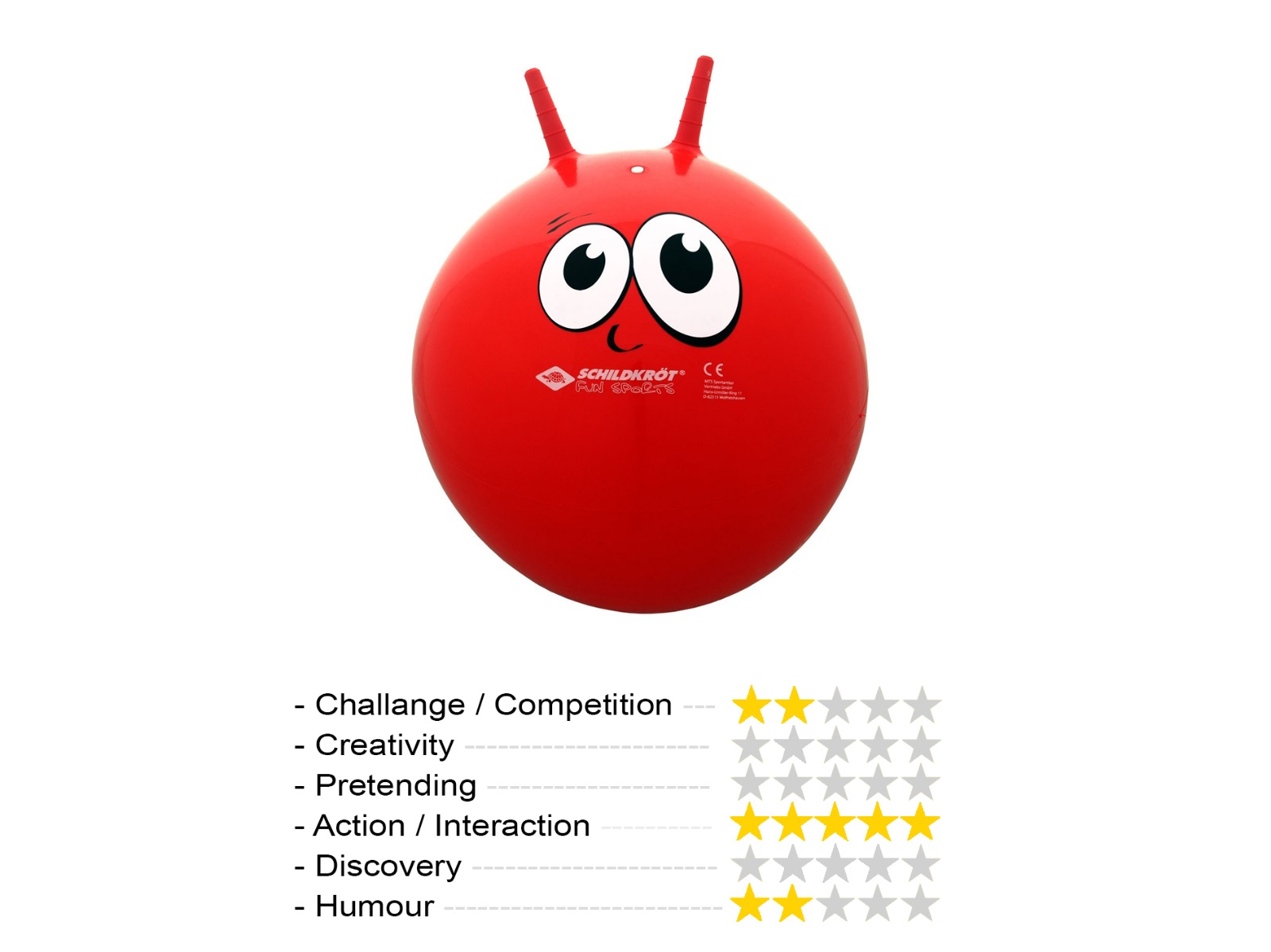
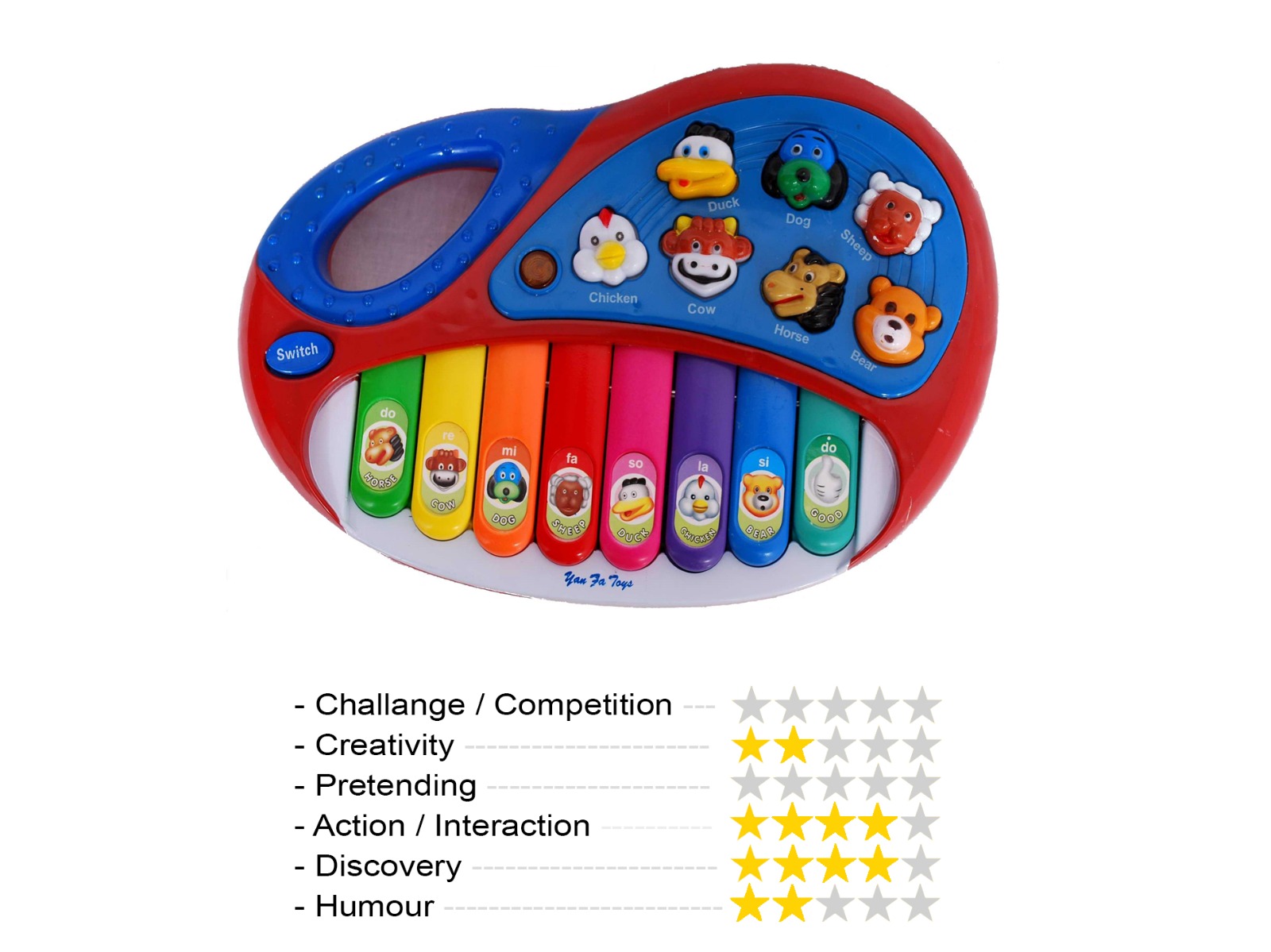
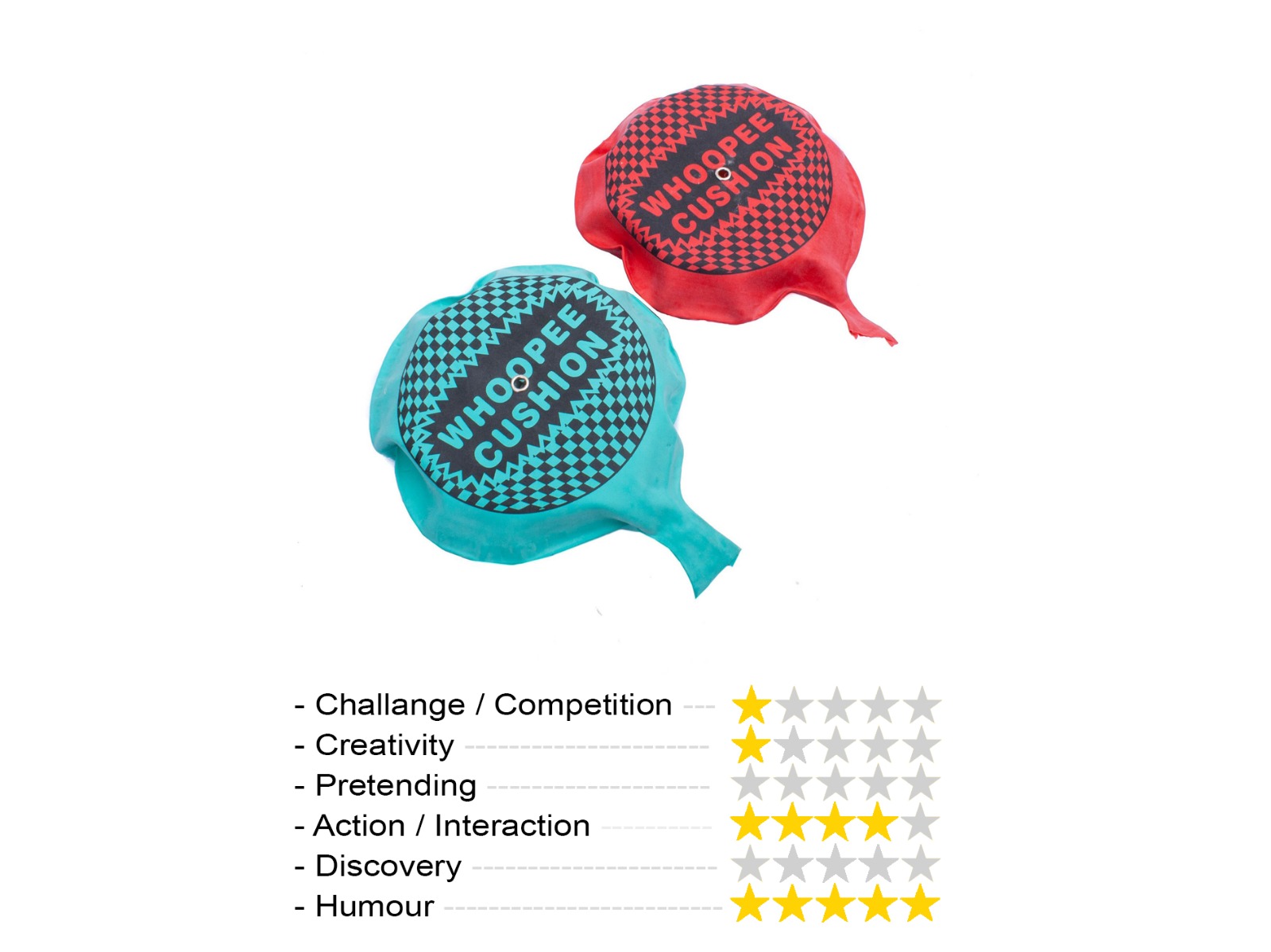
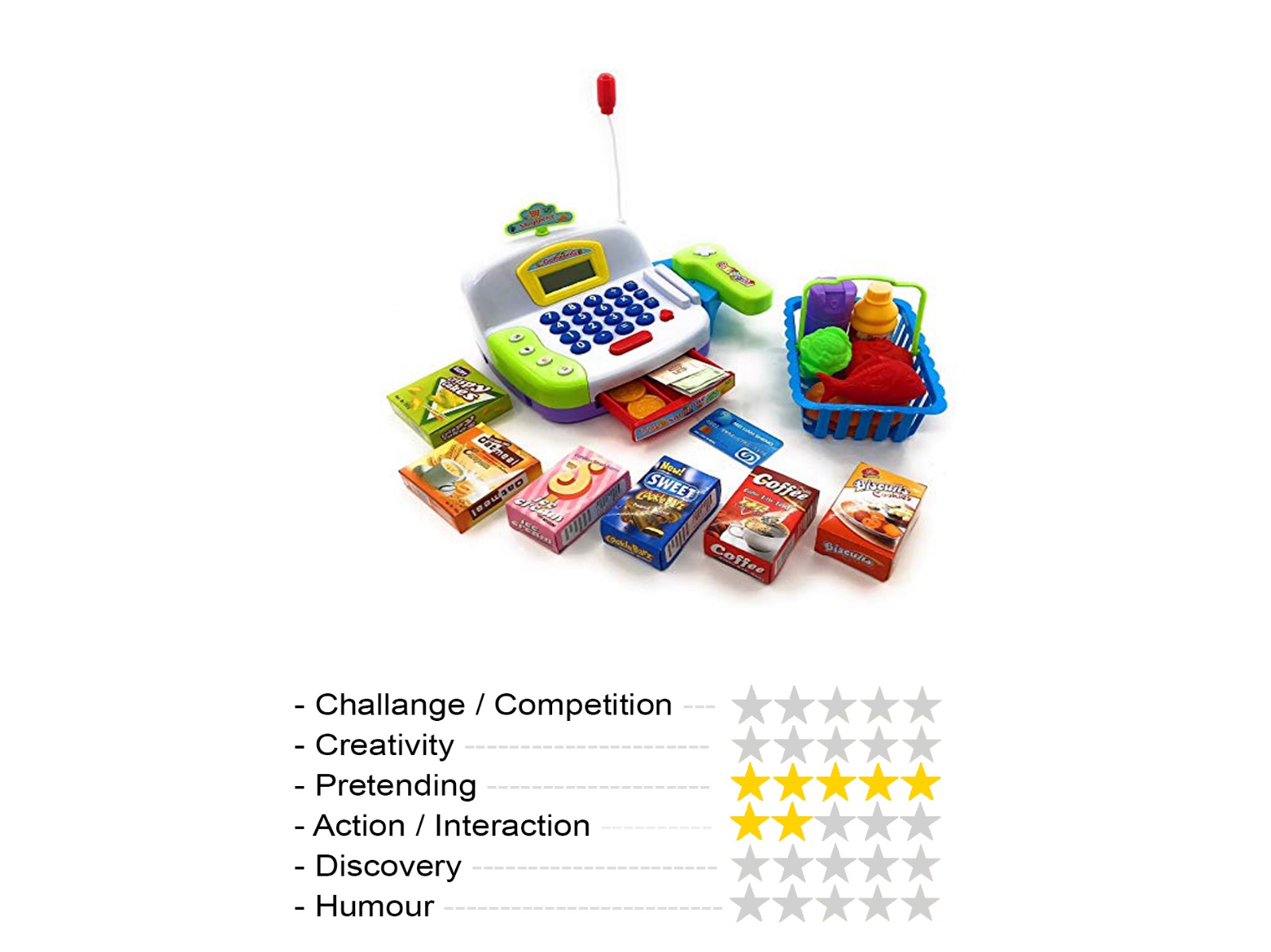
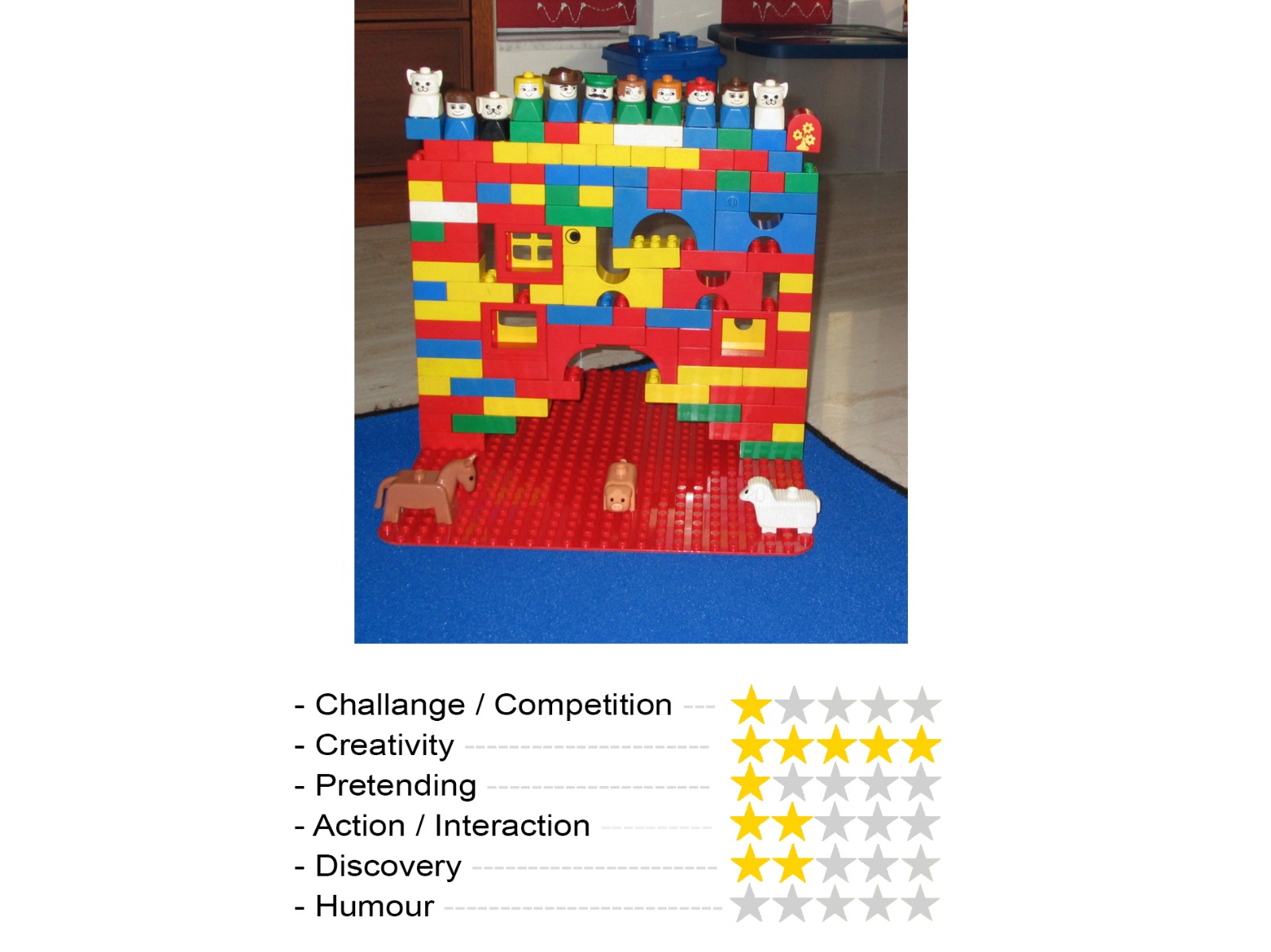
• What kind of exercises are done? Goal to improve which movements?
The product will have to improve the strength of the muscles around the hand. We received a document from Tamara in which various hand exercises that are used in therapies are illustrated and explained.
Document:
• Who's the data for (users, parents, doctors or researchers)?
The data is used by therapists and children. The data must therefore be visualized in such a way that it can be understood by the user. Therapists don't have much time, so make the visualization simple and easy to understand.
Use data to determine how good a player is and adjust the game accordingly. The game should be easy enough to make it fun, and also difficult enough to make it a challenge.
• Is it fair to have a competition between several children?
This was a good question according to Tamara, we should see how the competition can be made in such a way that the children with a disability are not disadvantaged.
• Do people with cerebral palsy have more dysfunctions than a spastic hand?
One side of the body may have lack of movement, the feet may also have developmental problems. But for this project we focus mainly on the hand (hand movement, wrist and dexterity).
• Why specifically toys, why not an improved game or exercise?
Toys are accessible to everyone, current therapies use equipment that is very expensive. A new medical opinion is that therapies should be done at home, this is where toys can have a major impact on. Why smart toys? Technology is becoming more and more common, nowadays a lot of time is spent on screens. By making a smart toy we're bringing the digital and physical worlds together.
The price range of the product should be comparable price to other toys, so certainly not more than 100 euros. What would parents spend on typical toys?
Trail of Evidence
• Why do we play with toys? Toys and technology
The primary reasons that children come to toys in the first place are to have fun and imitate the real world. Therefore in the recent years, it has been discovered that children’s desire for technologies in their toys is growing [1]. They expect their toys to listen to them, tell stories or may be even to come alive and have senses just like human. When children tangibly get involved in storytelling, they actively produce their own understanding of the surrounding environment and themselves while practicing valuable language and thinking skills. (Interactive Toys Environment for Storytelling and Games Applications, 2002)
[1]. Helen Shwe, Amy Francetic , (1999), Smarter Play For Smarter Toys: Benefits of Technology-Enhanced Play s. A Zowie Entertainment White Paper.
Source:
https://www.researchgate.net/publication/2918740_Coloured_Farm_Interactive_Toys_
Environment_for_Storytelling_and_Games_Applications
• What is playfulness
Wouter made a list with different aspects on what makes playing fun:
1. Challenge/competition
2. Creativity (painting, building something)
3. Pretending (story telling, mimicking)
4. Action/interaction (skating, trampoline jumping)
5. Discovery (banging things seeing what happens)
6. Humor (making sounds, making faces)
After that Wouter picked out some toys and categorized them: